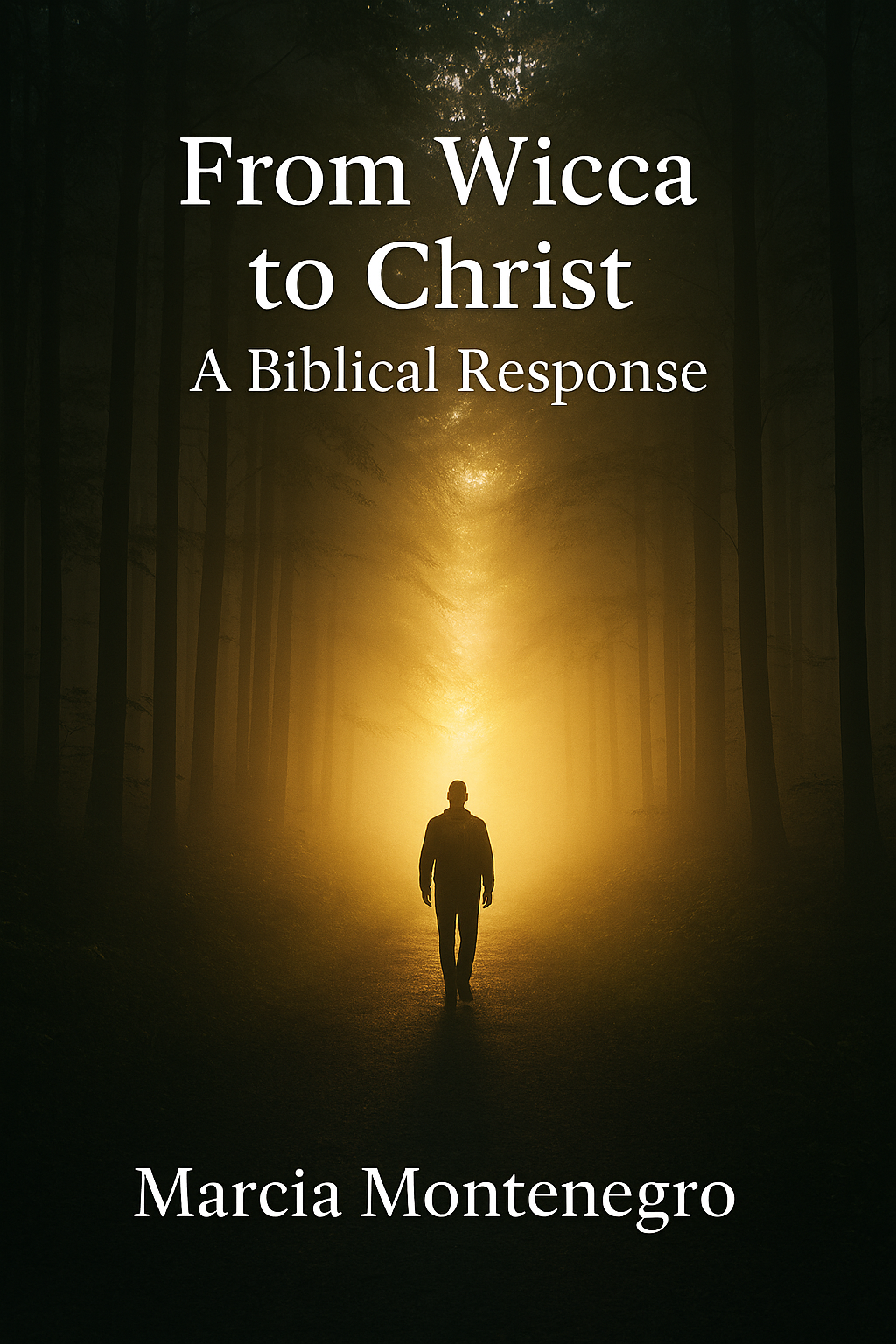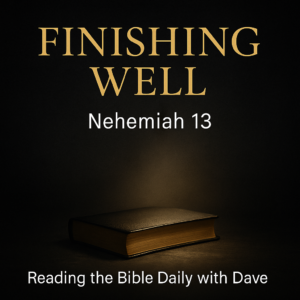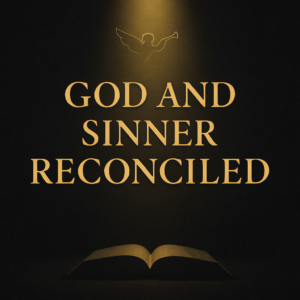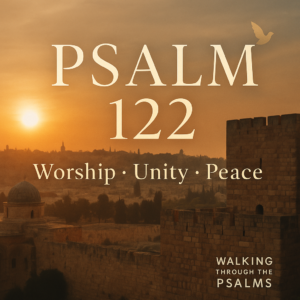⏱️ Estimated Reading Time: 18 min read
You are in a circle. Protection from the Goddess or various spirits is invoked. The elements of earth, fire, air, and water are called in. You begin to dance slowly around the circle, then faster. There is chanting. The pace increases; the group is “raising energy.” Everyone is prepared for whatever ritual will be performed—whether to call for protection, healing, world peace, or a special favor.
This is not a fictional story but a composite of rituals I witnessed or participated in during my years as an astrologer. The details may differ from group to group, but the essence remains the same: a deep longing for power, peace, and meaning—apart from the one true God.
Understanding the Heart of Wicca
Wicca is often described as a modern revival of ancient witchcraft, credited to Gerald Gardner in the 1940s. It is both a religion and a spiritual path. Wicca teaches that nature is sacred, the divine is immanent (within all things), and that the Goddess and her consort—or a pantheon of gods—are to be honored and invoked.
Rituals are conducted to align with nature’s cycles, summon power, or seek favor from spirits. The use of spells and potions stems from the belief that one’s inner energy—when channeled properly—can bring about real-world changes.
Most Wiccans subscribe to the Wiccan Rede: “An’ it harm none, do what ye will.” It sounds peaceful, even moral. They also believe in a threefold law—that whatever one does returns threefold. This is seen as a built-in system of spiritual accountability.
Many Names, One Direction
Neopaganism is the umbrella under which Wicca, Druidry, Asatru, and other paths fall. Many use terms like “witch,” “Wiccan,” or “pagan” interchangeably. Others make clear distinctions.
This spiritual diversity appeals to those who feel wounded by traditional religion, who seek empowerment, or who desire spiritual experience without submission to divine authority. There is no binding creed or central figure—only a shared longing for something sacred that can be molded to fit personal preferences.
A Familiar Set of Beliefs
- The divine is within you.
- Nature is sacred and reflects the Goddess.
- Spirits or deities are invoked in rituals.
- Everyone has a unique spiritual path.
- Practices like divination, spells, and seasonal rituals help align with nature and the self.
These practices may seem harmless—or even beautiful—but they often open the door to spiritual deception. While many participants seek healing or wholeness, they are turning to created things, not the Creator (Romans 1:25).
The Symbols and Spirits
Common symbols include the pentagram, the ankh, the crescent moon, and crystals. The horned god, often represented by Pan, reflects raw male energy and sensuality. The Triple Goddess—maiden, mother, and crone—embodies feminine spirituality and is seen by some as a counterfeit of the Trinity.
While many claim these symbols are benign or empowering, their use is deeply rooted in practices Scripture warns against.
Witches Are Not Satanists
It must be said: witches and Satanists are not the same. Most witches do not believe in Satan. In fact, they see him as a Christian invention. Wiccans often hold to a relativistic worldview—rejecting concepts of absolute good and evil. But the Bible speaks clearly: there is truth and there is error; light and darkness.
Scripture’s Warning
“There shall not be found among you anyone who burns his son or his daughter as an offering, anyone who practices divination or tells fortunes or interprets omens…” —Deuteronomy 18:10–12
“Now the works of the flesh are evident… idolatry, sorcery…” —Galatians 5:19–20
Scripture does not distinguish between white magic and black magic. All sorcery—regardless of intention—is rebellion against God.
The True Gospel vs. False Light
Some claim witchcraft is ancient and predates Christianity. But Christ—God the Son—is eternal. He was not created. He is before all things (John 1:1; Colossians 1:17).
Others object to the patriarchal nature of Christianity. But Jesus dignified women in a way no one else did in His day. He spoke with the Samaritan woman, forgave the woman caught in adultery, and entrusted women to announce His resurrection. Scripture does not teach oppression—it teaches sacrificial love and the equal value of men and women before God.
Witches often do not reject Jesus—they reject what they’ve seen in religion. But biblical Christianity is not about rules or control. It is a relationship with the risen Christ.
A Message to Seekers
If you’re reading this and you’ve embraced Wicca or paganism, I thank you. I once walked a similar path. I understand the longing for truth and beauty, the desire for something spiritual and real. But I also learned that no ritual, spell, or sacred circle could fill the ache in my soul.
Only Jesus could.
“I am the bread of life. Whoever comes to me shall not hunger, and whoever believes in me shall never thirst.” —John 6:35
He’s not a force. He’s not energy. He is the Son of God, who came to seek and save the lost.
Final Words
The desire for spiritual meaning is good. But when we turn to creation instead of the Creator, we exchange the truth for a lie. Jesus offers living water—eternal life, real peace, and communion with God.
Come to Him.
Used with permission from Christian Answers for the New Age.
Read the original article here: https://www.christiananswersnewage.com/article/witchcraft-wicca-and-neopaganism
Marcia Montenegro was a professional astrologer who believed and practiced many New Age/Eastern beliefs before receiving Christ as her personal Savior. She began a website called Christian Answers for the New Age to help Christians better understand the dangers of New Age/Eastern beliefs and how they are making inroads into the church and Christian community.




